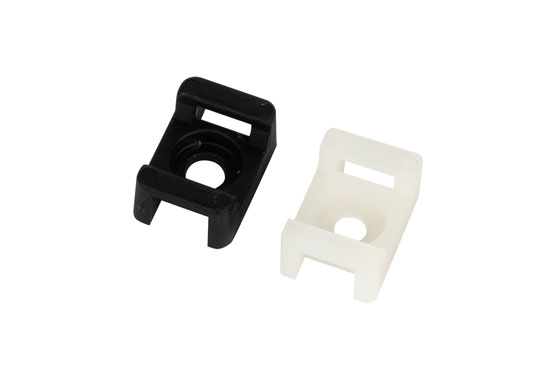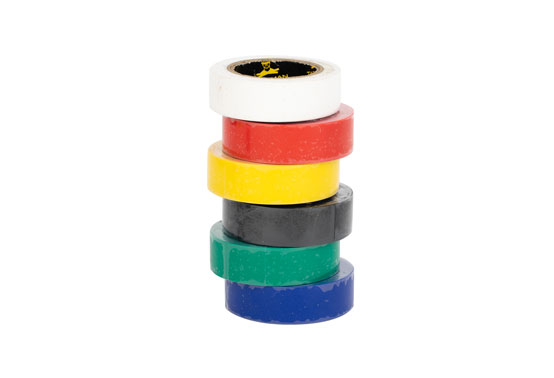Tel
0577-62795555
Tel
0577-62795555
This is a world of everything interconnected: people to people, people to devices, and devices to devices. In order to achieve interoperability of smart devices, service providers need to install hardware to transmit and receive high frequency radio signals. In today's 4G world, service providers use low frequency radio waves that can propagate over relatively long distances for transmission. Antennas that receive and relay signals are typically installed on towers several kilometers (miles) apart. More antennas are located locally, often on existing power poles or fixed to buildings, bridges, or sign structures.
In many cases, such as metal or concrete lamp posts, bridges, or metal plaque structures, bolts or screw drilling and fastening cannot be used due to the risk of structural damage or violation of electrical codes. In these situations, stainless steel cable ties are an ideal fastening solution. Stainless steel cable ties are durable, able to withstand extreme temperatures, winds, and precipitation. When properly wrapped around structural components, they do not cause damage to the component. Additionally, they can be roughly processed before final tensioning and cutting to allow for positioning or repositioning of antennas to complete networks.
Stainless steel cable ties are a good choice when supporting very heavy loads. As you can see below, they are able to handle higher loads than equivalent products made of nylon. Keep in mind that the values displayed are per flat tie. Once you begin using multiple ties, you can support greater weight.
Stainless steel cable ties are completely smooth on both sides. Their undersides have no ridged surface, making them more difficult to grip by hand. While it's certainly possible to do these ties by hand, it quickly becomes tiring and you may not be able to get them as tight as you would like.
One method is to use a good pair of pliers to pull on the tail of the tie. This will help to get the tie tighter than if you pulled by hand. However, it's likely that no two ties will tighten to the same level. Additionally, the tail of the tie needs to be removed.
The best method is to use a cable tie gun. These devices will pull the tie to a predefined tension and remove the tail, leaving no sharp edges. If you will be using multiple cable ties, this is definitely the best way to increase speed and comfort.



